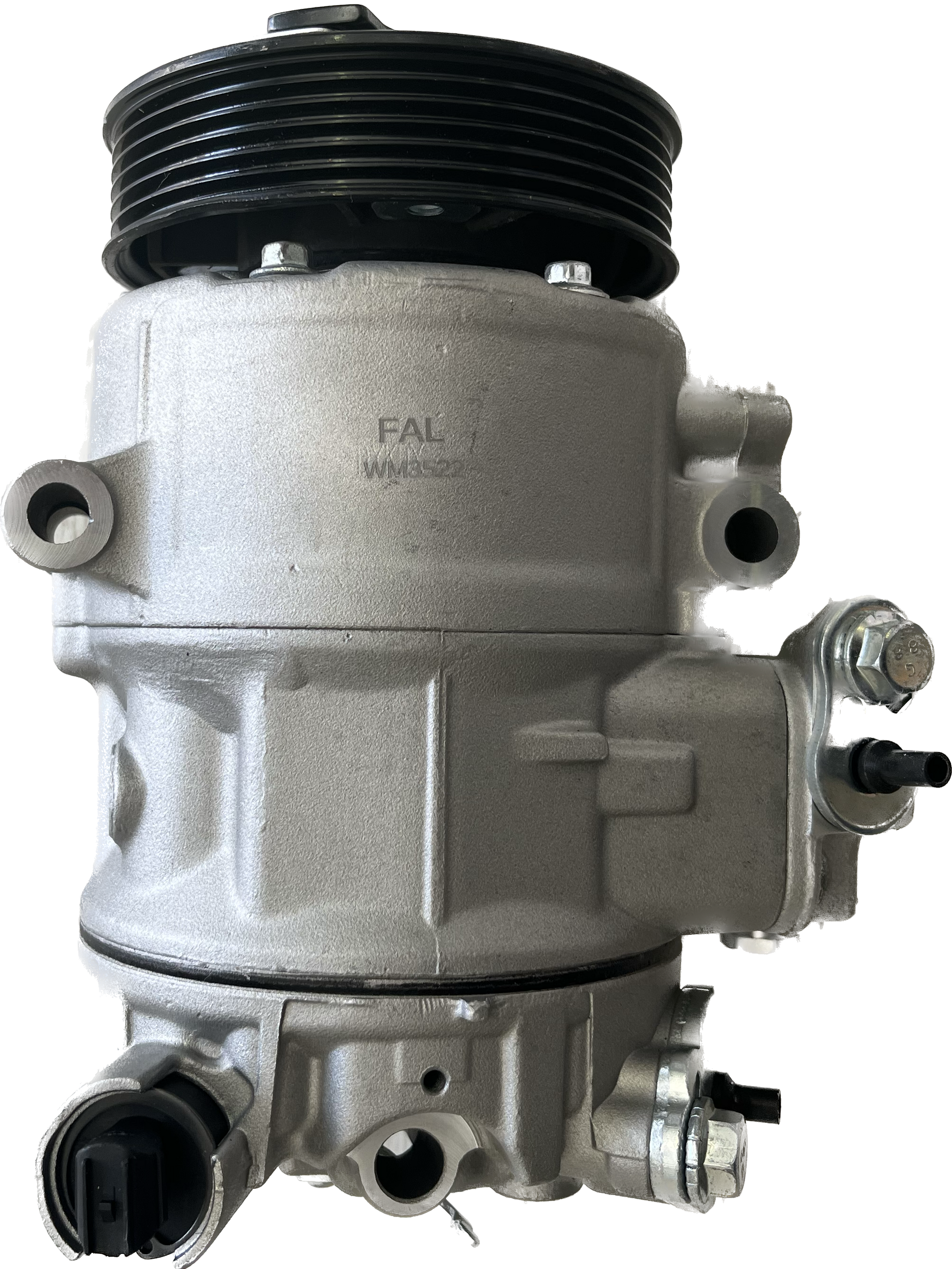Depend on a premium clp engine for heavy-duty use.
Wiki Article
How a Clp Engine Can Boost Effectiveness in Various Industries
The advent of CLP engines notes a significant change in operational performance across numerous markets, driven by their ability to enhance fuel intake and reduce downtime. Industries such as production and logistics stand to acquire substantially from their robust layout and consistent power outcome, which promise to enhance operations and enhance productivity. As companies significantly prioritize sustainability alongside effectiveness, the duty of CLP engines comes to be a lot more vital. What remains to be seen is just how these improvements will form the future landscape of commercial operations and their effect on wider economic trends (clp engine).Introduction of CLP Engines
CLP engines, or Constant Fluid Propellant engines, stand for a substantial innovation in propulsion modern technology, especially for area applications. These engines use a continuous feed system that enables for the sustained expulsion of propellant, bring about boosted effectiveness and performance compared to typical strong or hybrid propulsion systems. By preserving a constant circulation of fluid propellant, CLP engines can achieve more specific drive control, which is important for maneuvering spacecraft in numerous goal situations.The style of CLP engines incorporates innovative materials and innovative gas administration systems. clp engine. This results in minimized weight and raised integrity, vital factors for long-duration room missions. In addition, the constant operation lessens the risk of burning instability, a common obstacle in conventional rocket engines.

Advantages in Production
The production of Continual Fluid Propellant (CLP) engines offers several noteworthy benefits that improve both performance and cost-effectiveness. Among the main advantages is the streamlined production process, which reduces the complexity connected with conventional propulsion systems. By utilizing liquid propellant, suppliers can attain better accuracy in engine performance, causing optimized energy result and lowered waste.In addition, CLP engines help with a higher degree of modularity, permitting less complicated assimilation into different production lines. This flexibility can substantially lower lead times and boost total functional adaptability. The use of CLP technology additionally tends to decrease the requirement for extensive upkeep as a result of less relocating components, which equates into minimized downtime and operational prices.

Applications in Logistics
Leveraging Continuous Liquid Propellant (CLP) engines in logistics provides considerable advantages in functional efficiency and reliability. These engines provide a robust service visit site for various transportation needs, enabling the seamless movement of goods across vast ranges. The inherent layout of CLP engines permits regular power result, which converts right into smoother and a lot more predictable transportation schedules.One of the vital applications of CLP engines in logistics remains in sturdy products transport, where they can drive both ground and aerial vehicles. Their ability to keep high efficiency under varying tons conditions ensures that distribution timelines are fulfilled, consequently improving customer complete satisfaction. Furthermore, CLP engines can be integrated right into automated logistics systems, promoting real-time monitoring and maximizing path planning.
Moreover, the sturdiness of CLP engines decreases maintenance downtime, allowing logistics firms to optimize their operational capabilities. This is specifically valuable in warehousing procedures, where effectiveness in dealing with and carrying products is important. As logistics proceeds to develop, the integration of CLP engines represents a forward-thinking technique that not only improves performance but also sustains the market's growing demands for integrity and rate.
Effect on Energy Performance
Exactly How do Constant Liquid Propellant (CLP) engines enhance power performance in transport? CLP engines utilize a consistent circulation of liquid gas, maximizing combustion procedures and preserving a secure drive outcome. This design lessens energy losses connected have a peek at these guys with conventional burning engines, where gas shipment can differ and bring about ineffectiveness.The continual procedure of CLP engines permits a much more reliable thermal cycle, resulting in higher certain impulse contrasted to conventional engines. clp engine. This converts to reduced fuel usage for the very same quantity of work done, substantially decreasing functional costs across different transport markets, consisting of aviation and maritime industries
Furthermore, the capability of CLP engines to keep optimum efficiency under differing lots problems reduces the need for frequent acceleration and deceleration, even more improving fuel effectiveness. Enhanced energy effectiveness not only contributes to cost savings however likewise causes reduce greenhouse gas discharges, lining up with international sustainability objectives.
Future Trends and Innovations
Arising advancements in Continuous Liquid Propellant (CLP) engine technology guarantee to reinvent the landscape of transportation efficiency and sustainability. As industries pivot toward greener alternatives, CLP engines stand at the center, incorporating cutting-edge products and layout techniques that improve performance while reducing environmental influence.Among one of the most appealing trends is the fostering of crossbreed systems that integrate CLP engines with eco-friendly power resources. This synergy can optimize gas usage and minimize discharges, aligning with global sustainability objectives. Improvements in click this site computational liquid dynamics (CFD) are facilitating the layout of more aerodynamically efficient engines, leading to minimized drag and enhanced fuel performance.
Additionally, the growth of wise monitoring systems is readied to enhance functional efficiencies. These systems take advantage of data analytics and IoT modern technology to enhance engine efficiency in real-time, guaranteeing that the engines run within their most efficient criteria.
As research remains to explore alternate propellant solutions-- such as biofuels and synthetic fuels-- the future of CLP engines looks encouraging. By using these advancements, industries can not only enhance their efficiency however additionally contribute substantially to a cleaner, extra sustainable future in transport.
Verdict
Finally, CLP engines stand for a substantial development in effectiveness across multiple sectors. Their capacity to enhance fuel usage and decrease operational prices, integrated with a continual feed system, enhances power output and functional reliability. The integration of sophisticated products and fewer relocating components reduces maintenance needs, while alignment with sustainability objectives settings CLP engines as a crucial technology for the future. Proceeded innovation in this area assures additional renovations in effectiveness and ecological performance.Report this wiki page